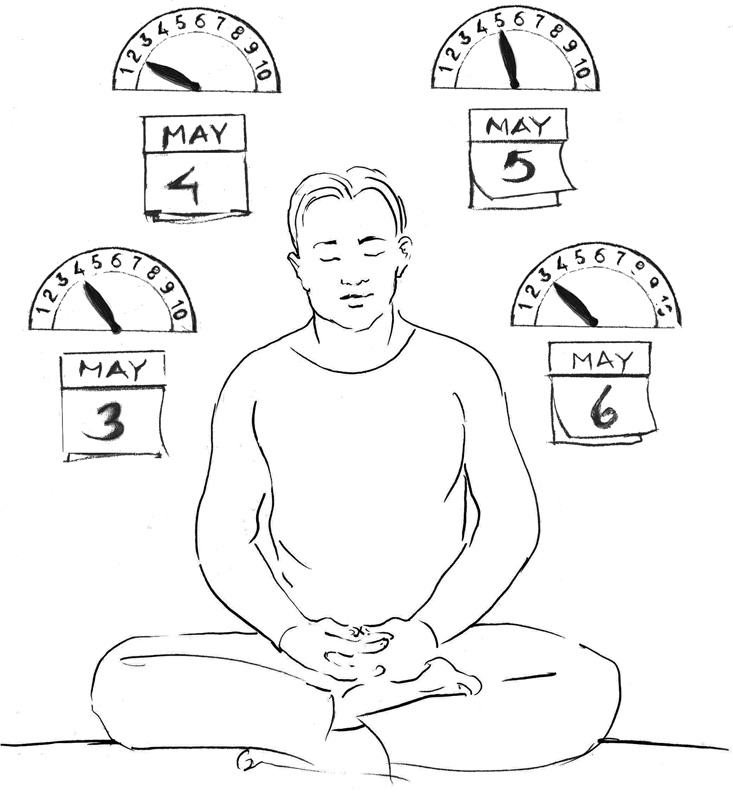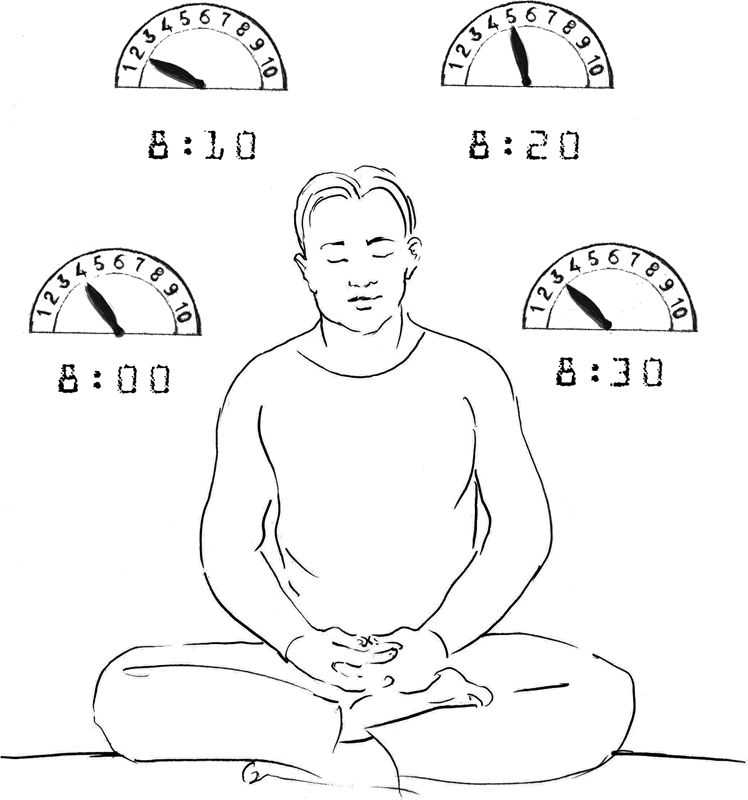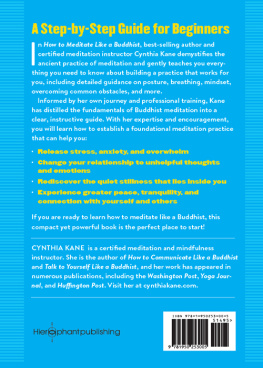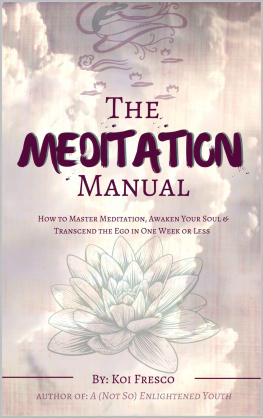
An Overview of the Ten Stages

T he entire process of training the mind unfolds through Ten Stages. Each Stage has its own distinct characteristics, challenges to overcome, and specific techniques for working through those challenges. The Stages mark gradual improvements in your abilities. As you make progress, there will also be Four Milestone Achievements that divide the Ten Stages into four distinct parts. These are especially significant transition points in your practice where mastery of certain skills takes your meditation to a whole new level.
The Stages and Milestones form a broad map to help you figure out where you are and how best to continue.
The Stages and Milestones, considered together, form a broad map to help you figure out where you are and how best to continue. Yet, because each person is unique, the route your spiritual journey takes will always be at least slightly different from that of somebody else. For this reason, we will also talk about how the process unfolds, how fast or slow you may experience progress, and about what kind of attitude to have. The point isnt to force your experience to match something you have read. Instead, use this book as a guide for working with and understanding your own experiencesno matter what forms they take.
Revisit this chapter from time to time so that you keep the big picture fresh in your mind.
This chapter outlines the general arc of the practice, and the rest of the chapters provide the details. It will be helpful to revisit this chapter from time to time to keep the big picture fresh in your mind. The more clearly you understand the Stages, and why they happen in the order that they do, the quicker and more enjoyably you will walk the path toward happiness and freedom.
How the Process Unfolds
Each of the Ten Stages on the path to becoming an adept meditator is defined in terms of certain skills that you have to master. Only when you have mastered the skills of a particular Stage will you be able to master the next Stage. This is because your abilities as a meditator gradually build on each other. Just as you have to learn to walk before you can run, you must move through the Stages in order, without skipping any of them. To make progress, you should correctly determine your current Stage, work diligently with the techniques youre given, and move on only when you have achieved mastery. Mastery of one Stage is a requirement for the mastery of the next, and none can be skipped. Taking shortcuts just creates problems and ultimately prolongs the processso theyre not really shortcuts. Diligence is all you need to make the fastest progress possible.
Taking shortcuts just creates problems and ultimately prolongs the processso theyre not really shortcuts.
However, even though the Stages are presented as a linear path of progress, the practice doesnt actually unfold in such a straightforward manner. For example, a beginning meditator will be working on Stages One and Two at the same time. As your practice progresses, you will frequently find yourself navigating several Stages at the same time, moving back and forth between them over weeks, days, or even during a single session. This is perfectly normal. You can also expect to have times when you seem to have jumped to a more advanced Stage, as well as days where you seem to have gone backward. In every case, the important thing is to practice according to whatever is happening in your meditation in the present. Dont get ahead of what is actually happening. On the other hand, once you have overcome the obstacles for a given Stage even temporarily, then you can work with the obstacles for the next Stage.
You will also notice that many of the techniques are similar in several different Stages. A meditator at Stage Three, for instance, uses similar techniques as a meditator at Stage Four. The same is true for Stages Five and Six. However, the goals for each Stage are always different.
The secret to progress is working with the specific obstacles and goals appropriate to your current skill level. Its like learning to skate: you have to learn the basics before you can start doing triple-axels. The earlier Stages take longer to master. However, because the Stages build on one another, the methods overlap, and the skills you develop in one Stage are used in the next, you start making faster and faster progress. Advancing from Stage Three to Four might take a long time, but progressing from Four to Five usually happens more quickly, and so on.

Figure 1. Progression through the stages is not linear: Expect to be moving between stages over several sits

or even during a single sit.
Its common to have occasional or even frequent meditation experiences that correspond to more advanced Stages. Even a beginning meditator at Stage Two may have experiences that resemble those of advanced Stages. When this happens, you might overestimate your abilities and try to replicate that experience instead of working to master the skills for your current Stage. Such experiences have no real significance in terms of your progress, although they do show you what is possible. Use them as inspiration, while continuing to work toward mastering your current Stage. Isolated meditation experiences can happen at any time, but if they cant be repeated, consistently and intentionally, they are of little value. Once your practice matures, you will have the knowledge and skills to consistently create these kinds of experiences.
The Rate of Progress through the Ten Stages
Some books give the impression that it takes many, many years or even decades to become an adept meditator. This simply isnt true! For householders who practice properly, its possible to master the Ten Stages within a few months or years. What you need is a regular daily sitting practice of one to two hours per day in combination with some of the supplemental practices described in the appendices. Meditation retreats are quite helpful, but ones lasting months or years are certainly not necessary. Diligent daily meditation, combined with occasional longer periods of practice, will be enough for success.
That said, there are several factors that determine how fast we make progress. Some of them we can influence, others we cant. To start with, different people have different natural abilities for working with attention and awareness. Some lifestyles and career paths are more conducive to developing these skills. Also, some people are better able to discipline themselves to practice regularly and diligently. Regardless of your natural abilities, you absolutely must master Stage One, Establishing a Practice, to make progress.
Life factors and stressful events can also affect the process. Losing your job, the death of a spouse, or a health problem can set even an advanced meditator back to the earliest Stages. In fact, almost anything that happens outside of meditation can potentially have this effect. This just serves as another reminder that meditative accomplishments, like everything else, depend on certain conditions, and can therefore be influenced by worldly events.














